It's already known the Chevrolet 153 engine is among the most versatile powerplants ever made, and it could eventually retain some foothold in the new-car market at least in some regions with less strict emission rules given some technical updates such as multi-port fuel injection. But it had already been neglected long ago, with some models made by different GM divisions relying on other engine ranges even though the 153 could eventually fare somewhat better on them. At least 5 examples can be highlighted.
1 - Opel Omega A: originally released in Europe in '86 with 1.8L and 2.0L versions of the Family II and a 2.4L one of the ancient Opel Cam-In-Head (CIH) as the gasoline-powered 4-cyl versions, plus some straight-six 2.6L and 3.0L versions of the CIH and even some 4-cyl Diesel 2.3L derivatives of the CIH, it was discontinued there in '93 while this year also marked its introduction in Brazil where locally-made 2.0L versions of the Family II and a 3.0L CIH sourced from Germany were the initial engine options. Later on in '94, the Family II was enlarged to 2.2L while the CIH was discontinued and replaced by an updated version of the venerable Chevrolet 250cu.in. (4.1L) straight-six also made in Brazil. Considering both the 250.cu.in straight-six and the 4-cyl 153 share the same basic layout, it wouldn't seem so pointless to fit the 153 with multi-port fuel injection and other minor enhancements too, enabling its 2.5L versions which were the only ones made in Brazil to eventually serve better than the Family II.
2 - Chevrolet Cavalier: since it has relied on the 4-cyl 122 engine, and the 60-degree V6 as premium option, and both had a chain-driven OHV valvetrain, the 153 could've served eventually better due to the gear-driven valvetrain. With the 122 initially covering the 1.8L to 2.0L displacement range, being later enlarged to 2.2L at its final iteration, and the 60-degree V6 covering the 2.8L to 3.1L range in the Cavalier, the 153 which covered the 1.8L to 2.5L range in international automotive applications and up to 3.0L in stationary/industrial and marine ones in the United States, it wouldn't be a surprise if the 1.9L and 2.3L specifications which had been used by various models in South Africa could've fared well in the Cavalier, and even the 3.0L could make its way under the hood as a more affordable option than a V6 while also increasing pulling power...
3 - 2nd-generation Chevrolet S10: considering it had the 122-based Vortec 2200 as the base engine in the United States and a derivative of the Family II covering the same 2.2L displacement range in Brazil, the gear-driven valvetrain would've been more attractive to many commercial operators who value simpler engines for being less failure-prone, since it would eliminate the timing chain as used in the Vortec 2200 and the belt found on its Brazilian counterpart. It's worth to notice the 153 has been already a popular alternative for repowerings in Brazil, even though it's older than the local variants of the S10...
4 - Korean Chevrolet Captiva: considering this model had been targetted more toward Europe and emerging markets, where emission regulations may differ substantially, some upgraded version of the 153 could eventually seem more suitable to a few regions instead of being offered on all markets. In the gasoline-powered versions, the 2.4L displacement had been covered initially by the Family II and later by an Ecotec, while the High-Feature V6 was initially available at a 3.2L version with port injection later replaced by a 3.0L one with direct injection. Then it seems quite predictable the 153 could be a reasonable option, at least for some markets with a more budget-conscious profile where a seemingly-ancient engine design that could be made locally at a lower cost for fitment into CKD kits would be desirable.
5 - 1st-generation Chevrolet Cruze: it may sound weird to suggest such an ancient engine could've been great in one of the models that held an enormous importance during a GM worldwide recovery after the 2008 global crisis. Gasoline-powered options were either 1.6L or 1.8L naturally-aspirated, and a 1.4L turbocharged as the premium engine, with regional differences in the availability of each. In my homeland Brazil, for example, only a 1.8L flexfuel Ecotec was offered. Considering not only the manufacturing cost of the DOHC 16-valve engines, but also some maintenance issues and even political implications since in China there is a mandatory technology transfer to local companies, the cheap and dumbproof design of the 153 would've been desirable in some markets, as it would be able to cover at least the 1.8L displacement range or even grow bigger in markets where the displacement doesn't have the same relevance for the tax structure. Since the 153 used to be a mainstay for GM in South Africa until local engine manufacture was phased out in '82, which might be accountable as one of the factors that led to the demise of local operations entirely in late-2017, while in Thailand the same basic layout could be shared between smaller-displacement trims meant for compact cars and larger versions could cater to the truck range, the economics of scale would eventually justify the 153 due to fewer investments which could be required for tooling upgrades and the viability to extend its application to a large amount of models from different segments. When it comes to China, sharing only such an ancient engine design with the local partner would be more desirable since development costs have been already paid-off.


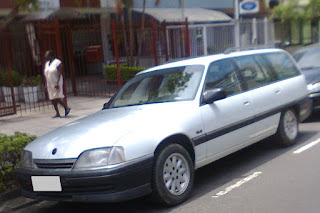

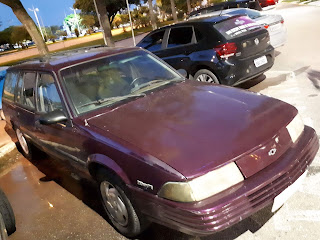
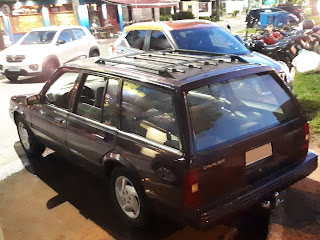


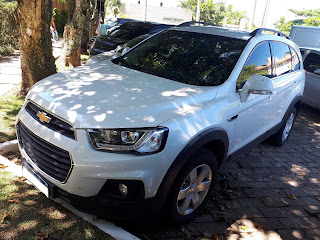
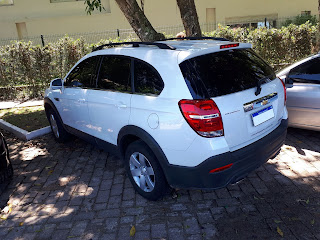


No comments:
Post a Comment
Only comments written in English are published. Not so rigid about the grammar, but some regional slang should be avoided to make it clear and easily understandable.